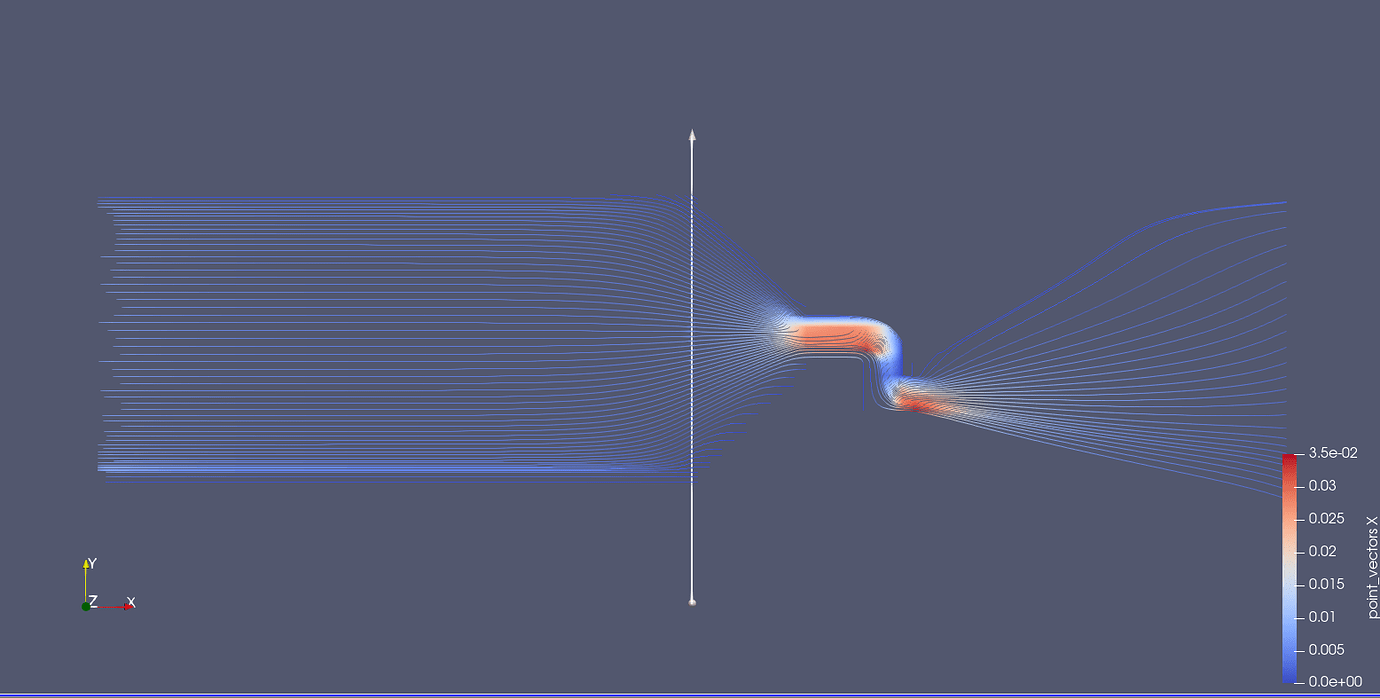

All pipelines start with the reader, which has noĬriteria for culling pieces, so interactivity is limited when the reader has The enable state on the display tab of the object inspector, to see any results. Thus, you must use the eye icon in the pipeline browser, or

Note that StreamingParaView creates all filters with their display turned Both settings are optional but can be used to improve responsiveness. On the preferences page, you also have control over the size of the cache, and a limit for the number of pieces that will be displayed. Then use StreamingParaView as you would the standard ParaView application. Start StreamingParaView and load the StreamingParaView plugin.Ĭhoose a number of passes to stream over in the application's preferences dialog. Until some filter parameter changes, rendering speed is notĪppreciably slower than for standard ParaView. Subsequent displays (for example on camera motion) will reuse cached results and thus This means that for the most part, the streaming overhead only has to be paid the first time any object is displayed. In a dedicated filter which is placed near the end of the pipeline. When the number of important pieces is small enough, pipeline resultsĪre automatically cached by StreamingParaView. It is also fortunate that visualization is usually a process of data reduction. Important pieces (for example those nearest to the camera) Order can be reordered such that insignificant pieces are skipped and With this information, the piece processing Piece which can be used to quickly determine that an entire piece willīe rejected by a clipping filter. Information is available for a particular piece, whether the piece willĬontribute to the final result. The new pass asks each filter to estimate, based upon whatever meta REQUEST_UPDATE_EXTENT_INFORMATION, before the REQUEST_DATA pass. That facility adds a new pipeline execution pass, To exploit this fact, VTK's priority determination facility is rigorouslyĮxercised. Not contribute to the final result and can, therefore, be ignored.

The case that significant portions of the domain can be identified that do Increasing the number of passes creates finer data granularity, it is often Is that at each iteration results cached in the VTK pipeline after theĮxecution of the previous pass is invalidated. Streaming implies overhead, the most important source of which In fact the two approaches are complimentary,Īnd can be combined simply by running StreamingParaview and connecting it to Processor on a distributed memory machine independently processes a small This isĬlosely related to what standard ParaView does, where each Memory capacity of the machine on which the visualization is done. StreamingParaView allows the visualization of data sets that exceed the Because each pass considers a fraction of the total data, At each pass a different piece of the data is rendered and composited System architecture for culled prioritized data streaming." Ahrens et al,īriefly, it changes ParaView so that it renders data in a set number of The program is an realization of the concepts described in the paper, "A modular extensible visualization LANL's streaming ParaView application was developed for the purpose of visualizing VolumeProperty->SetScalarOpacity(compositeOpacity) // composite first.Note: Since ParaView 3.10, the streaming and adaptive streaming applications have been rewritten as Plugins and are now distributed within ParaView proper. VTK rendering of the volume using same settings: I can also load it into VTK as vtkImageData and render it using the same color and transfer function settings as Paraview, however, I cannot get the same result. I have a volume (vti format) that I can visualise it in Paraview and set the color and opacity transfer function. Paraview is a visualisation application based on VTK library.


 0 kommentar(er)
0 kommentar(er)
